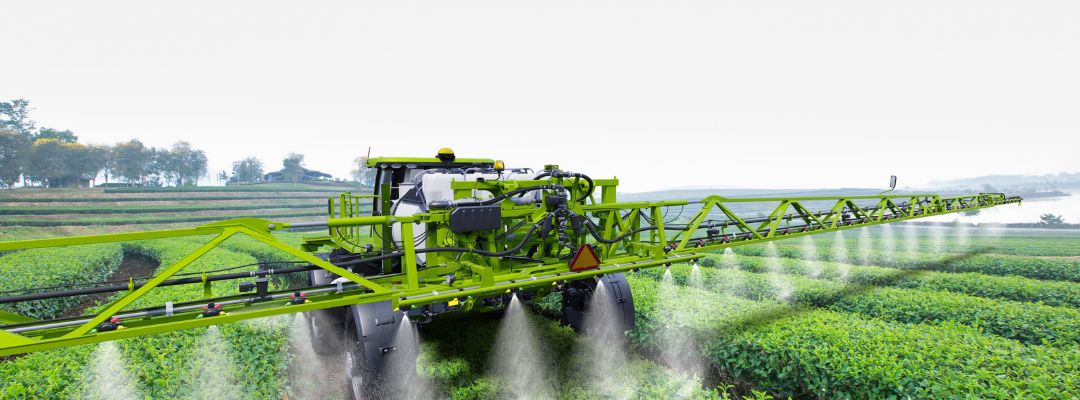Irrigation water can be one of the largest expenses associated with rice production, particularly when energy prices are high as in the current production season. Multiple inlet rice irrigation (MIRI) has potential to reduce the cost of applying irrigation water to rice. MIRI uses poly pipe to distribute irrigation water to all rice paddies simultaneously. This differs from conventional cascade flood in which water is applied to the first paddy at the top of the field and then flows over spills to lower paddies until the entire field is flooded. Fields are flooded much faster with MIRI. Based on examples in Arkansas, applied water savings of up to 25 percent are achievable with MIRI relative to cascade flood. Other potential benefits of MIRI relative to cascade flood include reduced irrigation labor and higher rice grain yields. Labor is reduced with MIRI due to less adjustment of levee gates and better management of water depth during the growing season. Yields can be 3 to 5 percent higher under MIRI due to a reduced “cold water” effect at the top of the field (more cold water concentrated at top of field with cascade flood) and improved nitrogen efficiency due to faster flooding of the field.
Figure 1 presents rice irrigation variable costs per acre for both cascade flood and MIRI. Irrigation variable costs include energy, repairs and maintenance, irrigation labor, and for MIRI, the additional cost of poly pipe pick-up and removal. Rice irrigation variable costs are presented for three total dynamic head (TDH) levels (80 ft, 100 ft; 120 ft), and assume 32 acre-inches of water are applied under cascade flood and 24 acre-inches of water are applied under MIRI during the growing season. Both applied water amounts are typical water amounts for cascade flood and MIRI as reported in the Arkansas Rice Production Handbook.
Irrigation variable costs are presented for both diesel and electric power. Irrigation energy costs were calculated based on diesel and electric energy consumption data from McDougal (2015). A diesel price of $3.94/gallon and an electric price of $0.138/kWh were used in the energy cost calculations. The diesel price comes from 2022 Arkansas field crop enterprise budgets, while the electric price represents a median price estimated from electric rate schedules for irrigation from various electric cooperatives located throughout eastern Arkansas. Irrigation labor is charged at $11.33/hour, also from 2022 Arkansas field crop enterprise budgets.
Irrigation variable costs are much lower for electric power than for diesel power (Figure 1). Farmers have switched many of their diesel irrigation motors to electric motors because the cost of electricity has been lower and less variable over time relative to the cost of diesel. Irrigation variable costs are lower for MIRI than for cascade flood at all TDH levels. Lower costs are associated with less applied water and lower irrigation labor under MIRI. Monetary savings from MIRI are greater for diesel power than for electric power because applied water costs are much greater under diesel power than under electric power. Applied water cost for diesel power ranged from $5.35/acre-inch at 80 ft TDH to $8.02/acre-inch at 120 ft TDH. In contrast, applied water cost for electric power ranged from $2.10/acre-inch at 80 ft TDH to $3.15/acre-inch at 120 TDH. Diesel irrigation motors could potentially receive larger monetary payoffs from MIRI than electric irrigation motors on farms. Nonetheless, rice fields supplied with irrigation water by both diesel and electric motors could potentially benefit monetarily from MIRI relative to conventional cascade flood irrigation.

References and Resources
McDougall, W. M. (2015). A Pump Monitoring Approach to Irrigation Pumping Plant Performance Testing. Graduate Theses and Dissertations Retrieved from https://scholarworks.uark.edu/etd/1146
University of Arkansas System Division of Agriculture, Cooperative Extension Service. 2022. Arkansas Field Crop Enterprise Budgets. https://www.uaex.uada.edu/farm-ranch/economics-marketing/farm-planning/budgets/crop-budgets.aspx
University of Arkansas System Division of Agriculture, Cooperative Extension Service. 2021. Arkansas Rice Production Handbook. https://www.uaex.uada.edu/farm-ranch/crops-commercial-horticulture/rice/
Wilkins, Brad. “Potential Cost Savings of Multiple Inlet Rice Irrigation“. Southern Ag Today 2(21.3). May 18, 2022. Permalink










